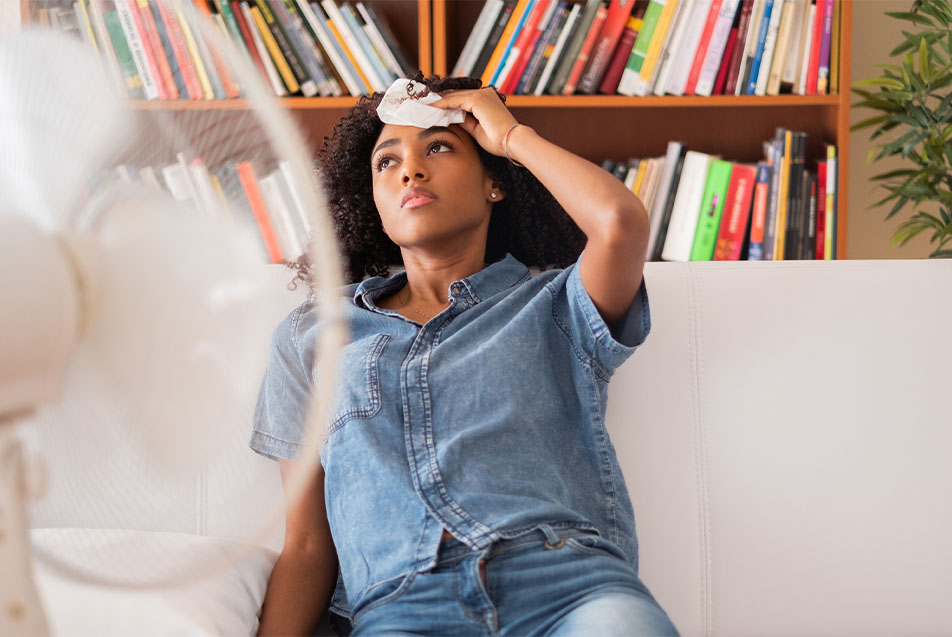
Scorching hot temperatures and suffocating humidity are unpleasant (and dangerous) side effects of summer. Thomas Gutwein, MD, medical director, Emergency Medicine, Parkview Regional Medical Center, has some important warnings for those spending time outdoors to consider.
We all have to be aware that heat is something that can sneak up on you when you’re spending time outside, whether you’re working, exercising or even just relaxing. These extreme temperatures put a lot of stress on the body. You might think you’re going to be OK, and maybe you are in the morning, but by afternoon, your core body temperature can really start to climb.
What to watch for
When your core temperature gets up around 104 degrees, that can be a big problem. We see people who work outside and don’t take the proper precautions to cool down, like getting into shade, drinking extra water, using a fan, etc., and that can lead to a number of health issues.
A heat rash is really the first sign of trouble. After that, individuals can experience heat exhaustion and/or heat stroke. If someone starts shivering or feeling cold, when they’re really hot, that’s a sign that you need to get them inside and out of the heat immediately.
The biggest thing we watch for is confusion. Signs of heat illness can actually be very similar to those of a neurological stroke event. Often people act like they aren’t able to process thoughts or they are disoriented, their speech can be impaired and they can have difficulty making logical, clear decisions. For example, they might avoid drinking water, even though that’s the rational thing to do if you feel dehydrated or overheated.
It is rare for those experiencing heat stroke to lose feeling of their limbs, but aside from that it can be difficult to distinguish between heat illness and an ischemic or hemorrhagic stroke, so it’s important to get a loved one to the hospital immediately if they start showing any of the symptoms mentioned above. Even heat stroke can lead to permanent neurological damage if not treated promptly and appropriately.
Heat illness can be tricky, because it can escalate very quickly. Someone might seem fine or just slightly off and within 30-40 minutes they’re in trouble. The signs aren’t always super obvious, so it’s important to be proactive in protecting yourself from the heat.
A helpful tool is a heart rate monitor, which many people wear these days. If your heart rate is elevated, that is a sign that your body needs fluids and carbohydrates. If it remains elevated after you come in from the heat, in the evening, make sure to monitor it and consume the appropriate fluids and foods to replenish your body. If it remains elevated in the morning, continue to refuel. If you can stay inside or limit time in the heat, it’s good to do so.
Who’s at greatest risk?
Some of the populations at greatest risk for heat-related illness include:
- The elderly
- Anyone on more than 2-3 medications
- Anyone on oxygen
- Anyone with a heart condition or a history of cardiac complications
- Anyone with lung disease or using an inhaler
It is imperative that these individuals be in air conditioning or temperature-controlled environment on days when extreme heat or humidity is present.
Remember, humidity can cause a lot of stress on the lungs, particularly for those with lung disease. Keep windows closed and use a fan or air conditioning to cool off during high humidity days and nights.
If you or a loved one experience any of the signs of heat-related illness, take the proper precautions to bring your temperature down. If there are any signs of confusion or other concerns, seek medical attention immediately. If there is any delay in getting to the hospital, call 911, particularly if an individual cannot walk or stand.



